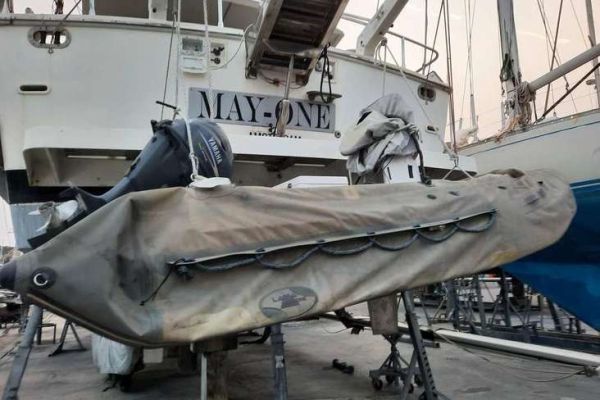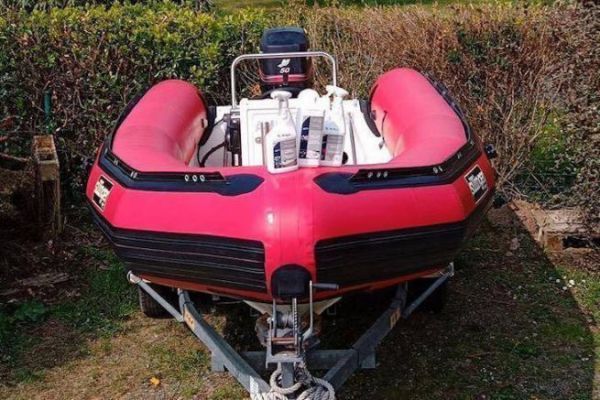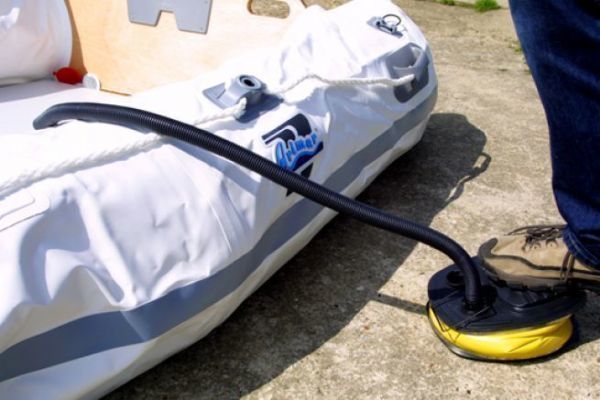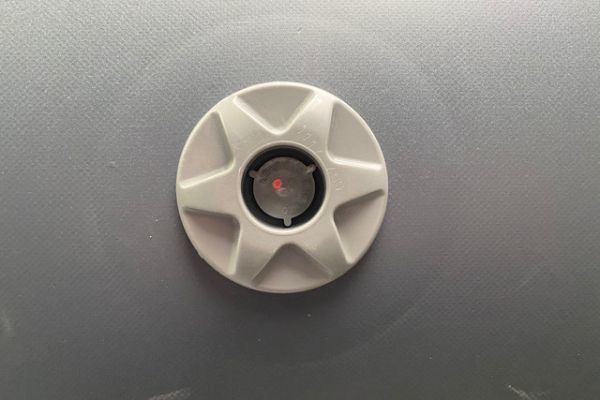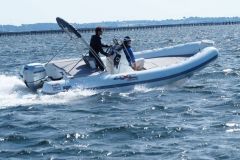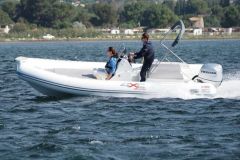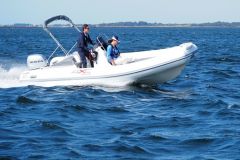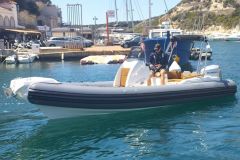The hypalon-neoprene and PVC are the two fabrics frequently used by the manufacturers of semi-rigid and pneumatic (type annex). PVC is a thermoplastic while hypalon is a synthetic rubber. These two materials have advantages and disadvantages that are important to take into account for a successful purchase.
Manufacturing
L hypalon is the commercial name used by the American company Dupont for its material: chlorosulfonated polyethylene (CSM).
The manufacture of hypalon-neoprene cannot be as industrialized as PVC. Although the cutting of the fabric is often done by a machine, the assembly and the cold gluing are mostly done manually. This requires skilled labor time
Hypalon is more expensive than PVC and this is due to two factors. The purchase price of the fabric and the construction of the floats, partially manufactured.
The PVC requires extensive tooling for fully automated manufacturing. Machines perform fabric cutting, assembly and gluing under high frequency.
Easily industrialized, it is widely used by major brands. And thanks to lower production costs, it is more advantageous in terms of purchase price.
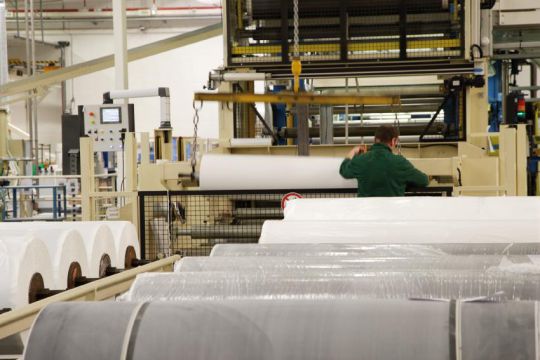
The Pennel and Flipo premises
Benefits
Hypalon
- Very resistant to UV
- Longevity (a hypalon float can last up to 25 years when properly maintained)
- Resistant to extreme temperatures, ideal for tropical areas
- Resistance to bending, impact, friction and abrasion
- Easy to repair thanks to the material and the cold bonding
- Resistance to hydrocarbons
- Resale price
PVC
- Price
- Weight
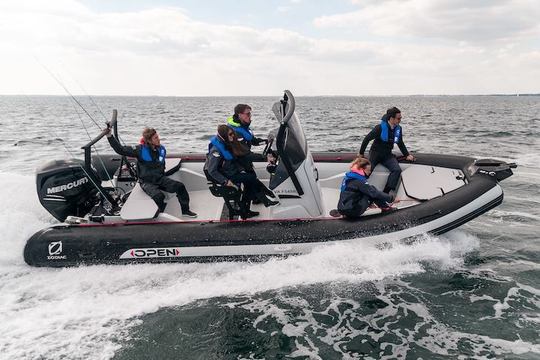
Disadvantages
Hypalon
- Weight
- Purchase price
PVC
- UV sensitivity and aging
- More difficult repairs
- Not recommended for intensive use
- Resale price

Hypalon
How to differentiate them?
To differentiate between PVC and hypalon, we can examine the bonding process.
In the case of PVC, there is usually an overhang on one side of the bonding. There is also a small bead at the level of the latter, formed by the heat during the thermobonding.
Hypalon-neoprene uses the cold bonding method, which does not generate any excess at the bonding level.
Another differentiation technique is that small structural threads protrude from the ends of the yokes. This is not the case with PVC.

 /
/ 

